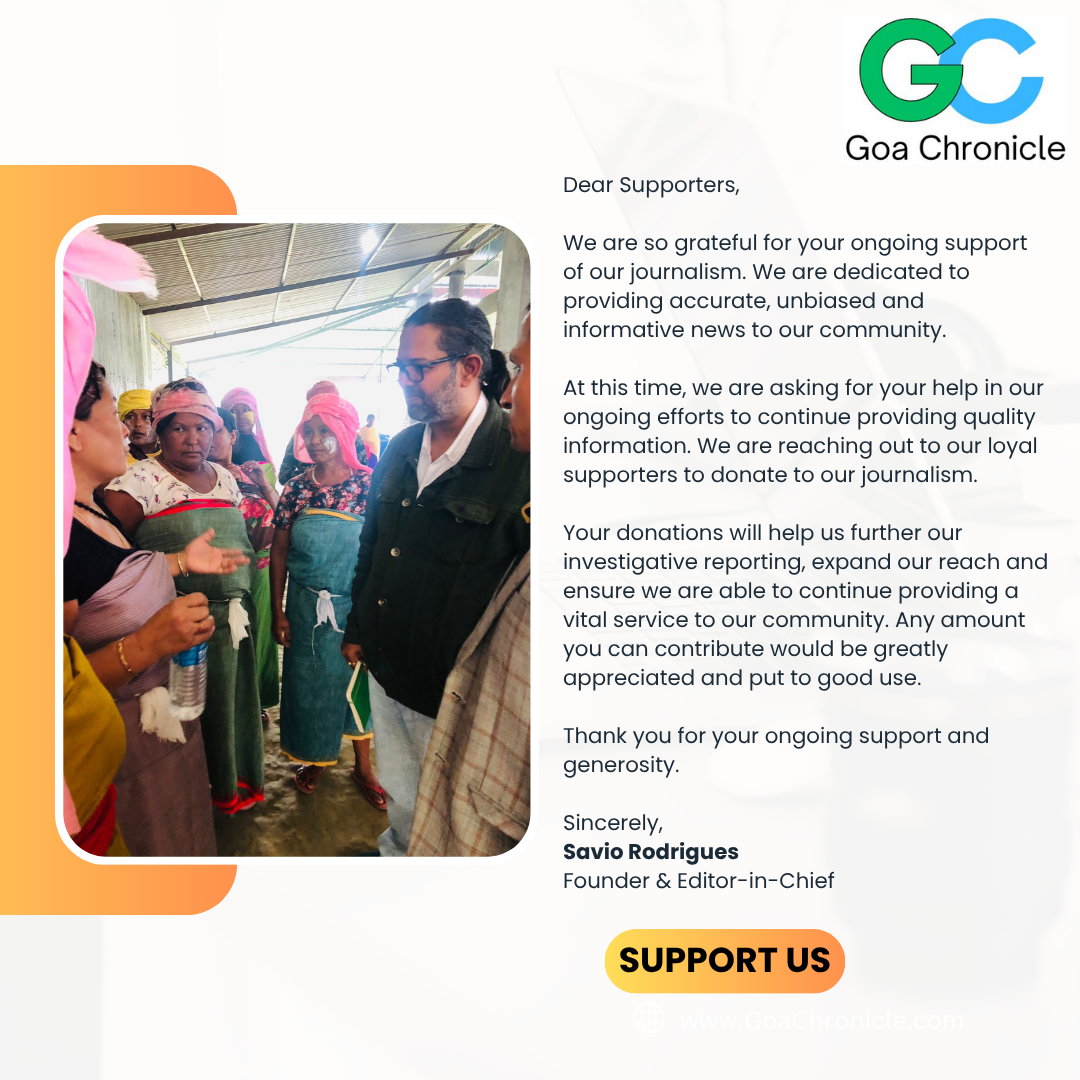Since 2012, Qatar has positioned itself as Gaza’s saviour while quietly acting as its executioner. The numbers are staggering: $1.8 billion officially transferred to Gaza over 11 years, with a regular flow of $30 million in cash payments delivered every month until the eve of October 7, 2023. Qatari officials claimed these payments were humanitarian—covering 50,000 civil servant salaries, supporting 100,000 impoverished families with $100 stipends, and keeping Gaza’s lone power plant afloat with fuel. But Israeli intelligence reports and Shin Bet assessments paint a different picture: as much as 60% of these funds were siphoned directly into Hamas’s military machine. That means hundreds of millions of dollars in Qatari aid turned into rockets, rifles, drones, and tunnels that later became the instruments of slaughter.
The entire arrangement was cynically ritualized. Suitcases stuffed with U.S. dollars—sometimes up to $15 million in a single delivery—would cross the Erez or Kerem Shalom checkpoints. Israeli officials inspected the bags, counted the notes, and waved them through. Between 2012 and 2022, over 70 such transfers occurred. Each one was a paradox—Israel facilitating the financing of its sworn enemy. Why? Because Israeli strategy hinged on dividing Gaza from the West Bank, weakening the Palestinian Authority by tolerating a slightly empowered Hamas. The hope was that controlled money flows would buy calm. Instead, they bought catastrophe. On October 7, 2023, 1,200 Israelis were murdered, 250 kidnapped, and over 3,000 wounded. The illusion of control exploded in fire and blood.
But cash was only one arm of Qatar’s patronage. Technology was another. Israeli cyber investigators discovered that Hamas’s underground tunnel command centers relied on Qatari-funded encrypted communications systems. Without these secure channels, Hamas’s commanders would have been paralyzed by Israeli surveillance. Instead, they coordinated complex multi-pronged attacks—from paragliders to motorcycles to simultaneous rocket barrages—with military precision. In addition, Qatari banks and fintech platforms became conduits for Hamas’s embrace of cryptocurrency. By 2021, according to blockchain analytics, Hamas-linked wallets received more than $40 million in Bitcoin and Ethereum transactions, with several traced back to Qatari exchanges. Doha’s airports became the safe transit points for Hamas operatives flying to Tehran for training with the IRGC. Its five-star hotels doubled as meeting venues for fundraising banquets where “charities” openly solicited money that would later finance suicide squads. The state knew. The state allowed it. The state benefited geopolitically from it.
And then there was Al Jazeera—Qatar’s most potent non-monetary weapon. With an Arabic-language reach of more than 50 million daily viewers, the network has more influence in the Middle East than CNN, BBC, and Sky News combined. It is not simply a broadcaster; it is a weaponized narrative machine. Israeli intelligence recovered documents showing coordination between Hamas military commanders and Al Jazeera producers. Several “reporters” on its Gaza payroll were simultaneously operatives for Hamas or Palestinian Islamic Jihad. On October 7, Al Jazeera Arabic referred to massacres in Israeli kibbutzim as “heroic resistance.” Dead civilians were rebranded as “settlers.” Video evidence of Hamas executing families, burning houses, and abducting children was systematically suppressed, while images of Israeli retaliation were broadcast on loop. This was not journalism. It was psychological warfare.
The results were devastating. In the Arab world, polling data from the Arab Barometer survey taken weeks after October 7 showed 72% of respondents in key countries believed Hamas’s actions were “legitimate resistance.” In Western progressive circles, where Al Jazeera English content circulates widely on social media, the narrative of Hamas as victim gained traction. Hashtags like #FreePalestine and #EndTheOccupation trended globally within hours, drowning out voices condemning the massacre. This wasn’t an accident—it was narrative engineering at industrial scale, powered by Qatar’s media empire.
The hypocrisy is glaring. On one hand, Qatar hosts the largest U.S. military base in the Middle East—Al Udeid Air Base, home to 10,000 American personnel and CENTCOM’s forward headquarters. On the other, it bankrolls Hamas, shelters Taliban leaders, and acts as a diplomatic shield for the Muslim Brotherhood. It spends billions on luxury sports events like the FIFA World Cup to polish its image while quietly transferring billions more to terrorist movements. This is the duplicity of Doha: friend of Washington by day, patron of jihad by night.
Israel’s complicity must also be acknowledged. For over a decade, Israeli governments—both right and left—believed that allowing Qatari funds into Gaza was a lesser evil. The logic was simple: Hamas could be contained, bought off, and kept focused on governing rather than attacking. It was a policy of “mowing the lawn”—periodic conflicts followed by temporary truces greased by Qatari cash. But October 7 proved that the lawn was not being mowed; it was being fertilized. The tunnels Hamas dug stretched over 500 kilometers, a subterranean city with bunkers, command centers, and weapons depots. Each tunnel cost an estimated $3 million to construct. Multiply that by hundreds, and the $1.8 billion in Qatari funding suddenly aligns with the size of Hamas’s underground empire. Israel facilitated the growth of a monster.
The global community now faces a moral reckoning. Qatar cannot be allowed to play arsonist and fireman. It cannot continue to brand itself as a mediator while funding militants. The world must stop pretending that Qatari money is humanitarian. Every dollar funneled into Gaza without strict oversight becomes a dollar for terror infrastructure. Every broadcast by Al Jazeera Arabic that glorifies violence is a propaganda strike against truth. Every Qatari “charity” raising funds abroad is a cutout for Hamas.
October 7 was not just an intelligence failure. It was a policy failure. It was the result of indulging a wealthy emirate that manipulates terror for its own geopolitical gain. The victims of that indulgence were innocent Israeli civilians—families in kibbutzim, young people at a music festival, elderly Holocaust survivors in their homes. Their killers were Hamas. But behind Hamas stood Qatar—with its dollars, its technology, its banks, its media empire.
The truth is blunt: Qatar is not a neutral mediator. It is not a humanitarian actor. It is the richest state sponsor of terrorism in the world, hiding in plain sight under the mask of diplomacy and development. Every government that continues to indulge Doha shares responsibility for the blood that was spilled on October 7. Until the world stops Qatar’s double game, Hamas will always rise again from the rubble—funded by dollars counted in Doha, narrated by anchors in Al Jazeera studios, and executed by men with rifles in Gaza’s tunnels.
Qatar’s wealth is not just measured in oil and gas reserves worth $30 trillion. It is measured in the graves of the innocents whose killers it armed, financed, and glorified. That is the ledger of blood money. And the world must finally have the courage to confront this truth someday.































